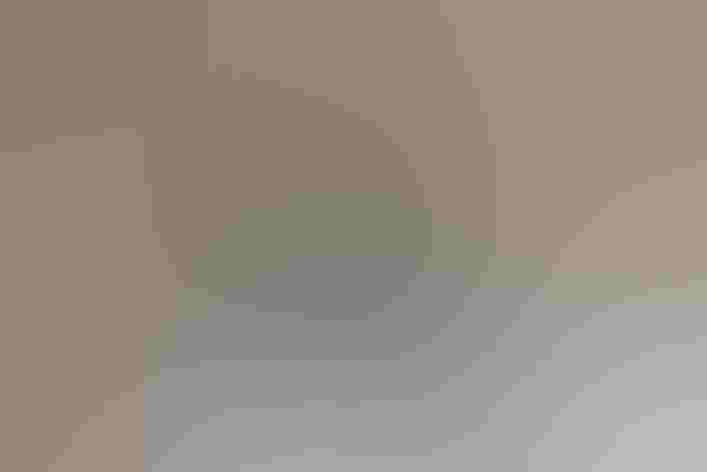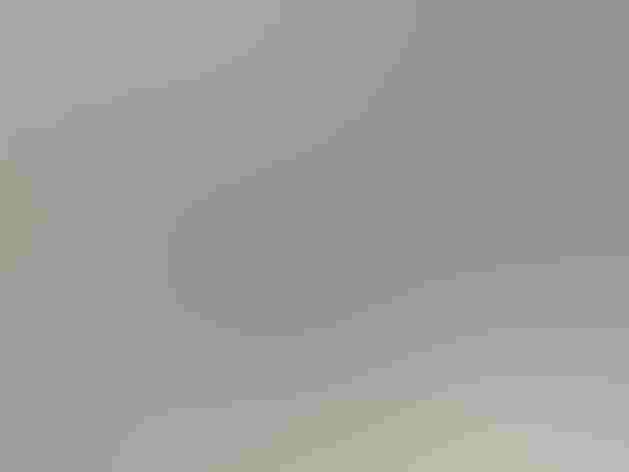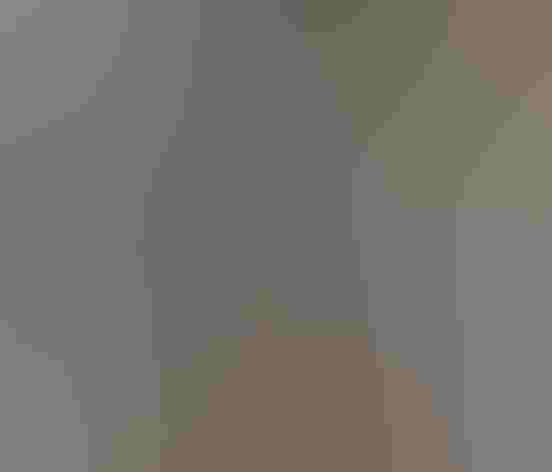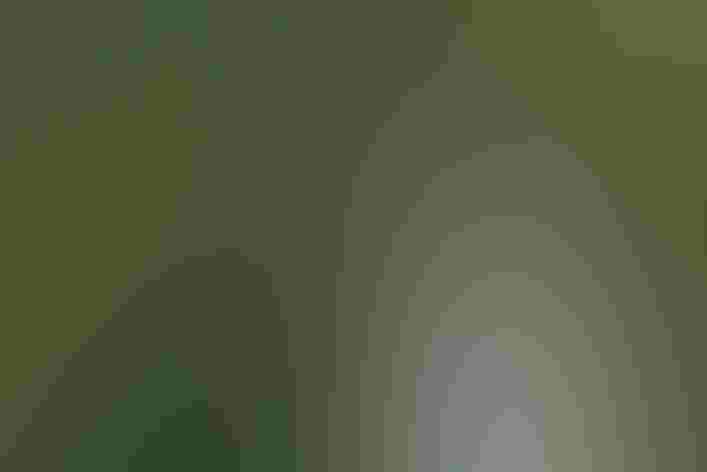Townsend’s Solitaire
At a Glance
Solitaires are slim, long-tailed thrushes that perch upright in trees. As the name suggests, they are usually seen alone. Feeding mostly on berries in winter, each bird maintains its solitary status by defending a winter territory, staking out a supply of berries in a juniper grove or similar spot. These wintering birds often give a soft bell-like callnote; in summer (and sometimes in winter as well) they give voice to a complex song of clear musical warblings.
All bird guide text and rangemaps adapted from Lives of North American Birds by Kenn Kaufman© 1996, used by permission of Houghton Mifflin Harcourt Publishing Company. All rights reserved.
Category
Perching Birds, Thrushes
IUCN Status
Least Concern
Habitat
Arroyos and Canyons, Desert and Arid Habitats, Forests and Woodlands, High Mountains, Shrublands, Savannas, and Thickets
Region
Alaska and The North, California, Eastern Canada, Great Lakes, Northwest, Plains, Rocky Mountains, Southwest, Texas, Western Canada
Behavior
Direct Flight, Flitter
Population
1.100.000
Range & Identification
Migration & Range Maps
Migrates relatively late in fall and early in spring, although odd individuals may be seen out of season. Winter range varies from year to year depending on berry supply. Small numbers winter well east of breeding range on Great Plains.
Description
8-9 1/2" (20-24 cm). Slim, long-tailed, perches upright. Smooth gray with white eye-ring, white outer tail feathers. Buff wing patch shows in flight. Mockingbird perches more horizontally, lacks eye-ring. Juvenile quite different, heavily spotted.
Size
About the size of a Robin
Color
Black, Brown, Gray, Tan, White
Wing Shape
Pointed
Tail Shape
Notched, Square-tipped
Songs and Calls
Song made up of loud, melodious, fluty rising and falling phrases. Call is a squeaky eeek.
Call Pattern
Complex, Flat, Undulating
Call Type
Chirp/Chip, Trill, Whistle
Habitat
Conifer forests in mountains, rocky cliffs; in winter, chaparral, pinyon-juniper, open woods, wooded streams. Breeds mostly in open conifer forest in mountains, where exposed rocky slopes or dirt banks provide nesting sites; in far north, may be in burned areas or open scrub habitat near such banks. In winter, inhabits semi-open woods and brush, especially around junipers.
Sign up for Audubon's newsletter to learn more about birds like the Townsend's Solitaire
Behavior
Eggs
4, sometimes 3-5, rarely 6. Whitish to pale blue, blotched with pale gray, overlaid with darker brown spots. Details of incubation not well known; incubation period about 11 days.
Young
Both parents feed nestlings. Young probably leave the nest about 2 weeks after hatching.
Feeding Behavior
Does much foraging by watching from a perch, then flying out to catch insects in mid-air or fluttering down to catch them on the ground. Also may hover momentarily while plucking insects or berries among foliage.
Diet
Mostly insects and berries. Feeds on many insects, especially in summer, including caterpillars, beetles, ants, true bugs, and others, also spiders and other invertebrates. In winter, majority of diet may be berries and small fruits, including those of juniper, mistletoe, hackberry, and others.
Nesting
Male defends territory by singing, often from a high perch; sometimes sings in flight. Nest: Usually on ground in shallow depression in dirt bank or road cut, in crevice in cliff, under a log or stump, or among upturned roots, placed in a protected spot with some overhanging shelter. Sometimes in hollow in dead snag a few feet above ground. Nest is a bulky and loosely made open cup of twigs, grass, pine needles, bark strips, lined with finer grass.
Conservation
Conservation Status
Seldom parasitized by cowbirds, and faces no other obvious threats. Current numbers seem stable.
Climate Threats Facing the Townsend's Solitaire
Choose a temperature scenario below to see which threats will affect this species as warming increases. The same climate change-driven threats that put birds at risk will affect other wildlife and people, too.










